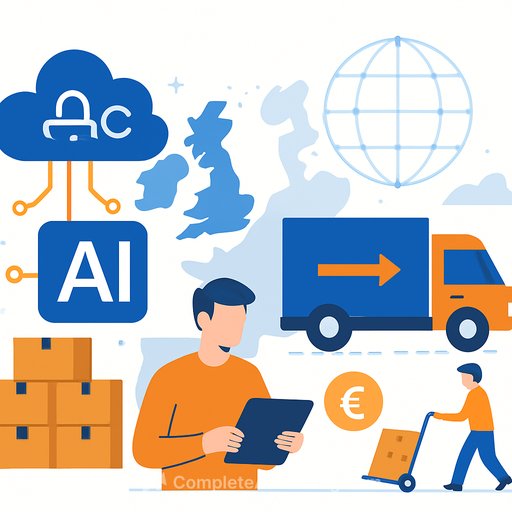AIBOMs Are the New SBOMs: The Missing Link in AI Risk Management
AI-specific risks, such as poisoned training data and shadow AI, often slip past conventional security tools. These blind spots can lead to serious security issues. To address this, AI Bills of Materials (AIBOMs) extend traditional Software Bills of Materials (SBOMs) by providing transparency into datasets, model weights, and third-party integrations. This enhances governance and incident response, allowing organizations to maintain better AI supply chain hygiene.
Real-World Example of AI-Specific Risks
Consider the LAION-5B dataset—a massive collection of 5.85 billion image-text pairs forming the base for popular models like Stable Diffusion and DALL-E 2. Stanford researchers found that LAION-5B included roughly 1,600 instances of child sexual abuse material scraped without proper filtering. This wasn’t just a dataset issue; every AI model trained on LAION-5B potentially inherited contaminated data. Traditional security tools couldn’t detect this risk.
When the problem surfaced, most companies lacked the ability to trace which applications used affected models. Basic questions such as “Do we use Stable Diffusion anywhere?” went unanswered. Organizations struggled to identify impacted applications or trace data lineage back to the original dataset, leaving them exposed.
How AIBOMs Differ from Traditional SBOMs
AIBOMs follow similar formats to SBOMs but include AI-specific metadata like model family, licensing details, acceptable usage, and origin of model developers. For example, defense contractors may need to identify if models originate from countries considered adversaries to avoid supply chain risks.
Tracking components such as training datasets, model weights, and third-party APIs is critical. AIBOMs provide transparency that can dramatically improve incident response. They enable organizations to pinpoint affected models quickly, accelerating remediation efforts.
Benefits of Early AIBOM Adoption
- Faster Model Approval: Traditional approval processes can take weeks and require expert review. With AIBOMs, policy enforcement can reduce this to a simple, automated process.
- Improved Governance: Organizations can instantly answer critical questions like “Are we using a risky AI model?” or “Do we face intellectual property risks?”
- Regulatory Compliance: Emerging laws such as the EU’s AI Act, California’s Assembly Bill 2013, and the draft National Defense Authorization Act demand transparency. AIBOMs help organizations meet these requirements efficiently.
- Enhanced Security: When AI-related threats emerge, AIBOM adopters can patch and remediate much faster than those without AI inventories.
Executive-Grade Visibility in AI Systems
Boards need clear, real-time answers to key questions:
- Do any AI models originate from countries like China, Russia, or Iran?
- Are any models outdated or unsupported?
- Do we have legal rights to use these models and datasets?
- Are there any software vulnerabilities linked to our AI?
- What is the complete inventory of our AI models and datasets?
Once the basics are covered, organizations should address advanced topics such as shadow AI detection, compliance processes, and incident response times for poisoned datasets. Without transparency, boards cannot prioritize risks effectively. Organizations that provide this visibility gain a competitive edge by accelerating AI deployment, incident response, and regulatory compliance.
Steps to Manage Hidden AI Assets
To manage AI risk effectively, organizations should:
- Inventory AI Assets: Use AIBOMs to catalog AI dependencies, track approvals, and know what is deployed and where.
- Proactively Detect AI Use: Implement tools that identify AI components in code and automatically generate AIBOMs. Integrate this into MLOps pipelines to catch new AI usage early.
- Adopt Responsible AI Policies: Define rules such as excluding contributions from sanctioned countries, avoiding certain licenses, and requiring model maturity before use.
- Automate Policy Enforcement: Move from reactive discovery to proactive monitoring to reduce risk exposure.
Most organizations discover unauthorized AI use only after issues arise or during audits, which is too late. Automated detection and enforcement turn AI governance from a checkbox task into a strategic advantage.
For managers aiming to build expertise in AI risk management and governance, exploring targeted AI training can be valuable. Courses that focus on AI compliance, security, and operational integration can prepare teams to implement these practices effectively. Learn more about relevant AI courses here.
Your membership also unlocks:






